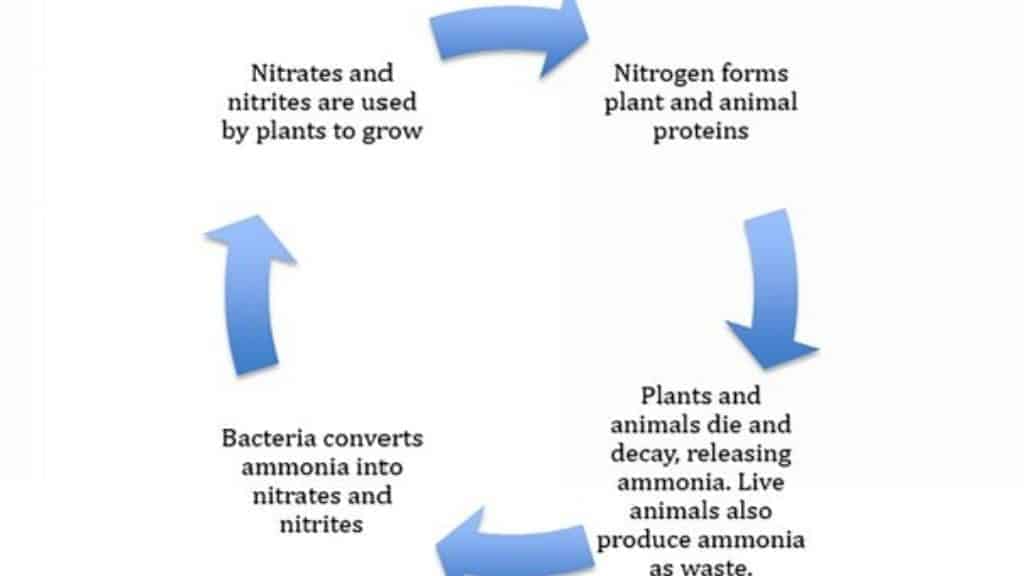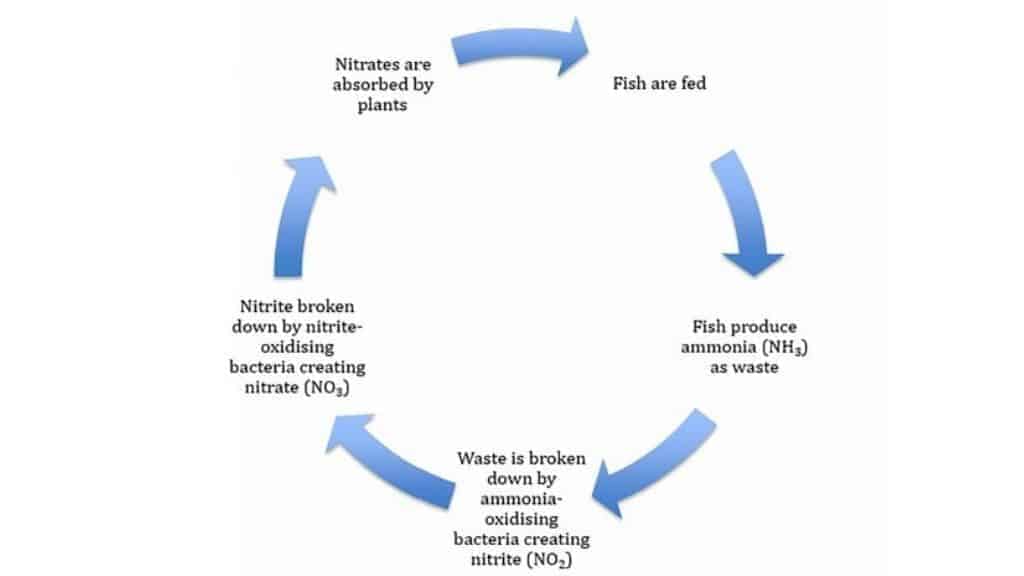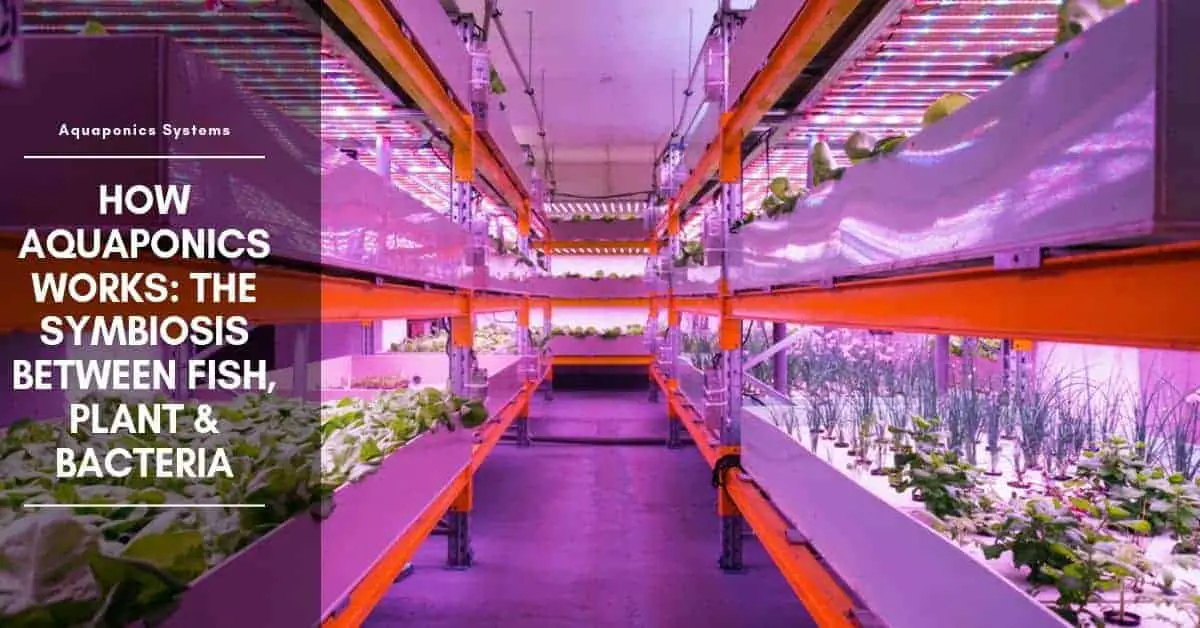It is important even for the hobby aquaponic gardener to have a good understanding of the basic biological processes which form the bonds between the components of an aquaponics system. Without these processes taking place in due course, the system will not work. But when the system is working, it has the potential to provide for a wide range of needs in a variety of spaces and climates.
The nitrogen cycle
Nitrogen is the most important element in the formation of all organic matter and one of the most abundant elements in the atmosphere. However, plants, except those in the legume family, cannot absorb atmospheric nitrogen. Therefore, in order for plants to access the nitrogen that they need for growth, it must be made available in the soil. In the natural environment, the nitrogen used by plants was once organic matter which has been processed by animals and bacteria as part of the nitrogen cycle.

The nitrogen in the soil usually begins as ammonia, produced as a waste product by decaying animal and vegetable matter, or as animal effluent. Ammonia can be processed by plants, but is not highly accessible and often causes root-burn.
Fortunately, there exists a group of bacteria known as “nitrifying” bacteria. These bacteria process ammonia, making it into compounds which are more easily accessible to plants, such as nitrites and nitrates. It is these same compounds that make up many of the commercial fertilizers available from your local garden store. Without nitrifying bacteria, plants would not have the nitrogen that they need to grow and thrive.
Nitrifying bacteria in the aquaponics system
Anyone who has ever kept an aquarium will know that fish are much more likely to die right after their tank has been cleaned. While stress plays a role, a more important factor is that the beneficial bacteria which process the fish waste have been “cleaned out” with the wastewater. Even if you only replace part of the water, the remaining bacteria will still have to recolonize the tank, a process which may take days. If the re-colonization is too slow to cope with the ammonia produced by the fish, they will perish.
It is clear, then, that nitrifying bacteria are absolutely vital for a healthy and functioning aquaponics system. Not only do they create the nutrients that help plants to thrive, but they are also absolutely vital for processing ammonia and maintaining fish health.

In an aquaponic system, nitrifying bacteria may be present in the water, growing media and/or biofilter. As their role within the cycle is crucial for nutrient flow, make sure they are well taken care of and they love their living environment.

Hi, my name is Sean, and I’m the primary writer on the site. I’m blogging mostly about freshwater and saltwater aquariums, fish, invertebrates, and plants. I’m experienced in the fishkeeping hobby for many years. Over the years I have kept many tanks, and have recently begun getting more serious in wanting to become a professional aquarist. All my knowledge comes from experience and reading forums and a lot of informative sites. In pursuit of becoming a professional, I also want to inspire as many people as I can to pick up this hobby and keep the public interest growing.
Read more about Sean.
Please join also my Facebook group.


